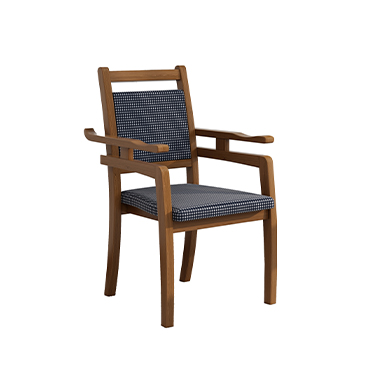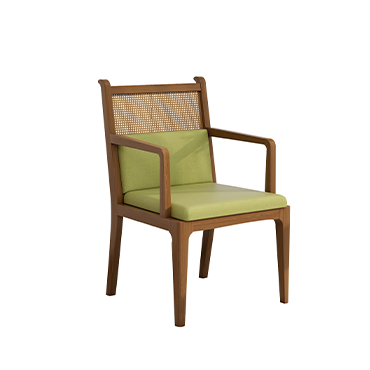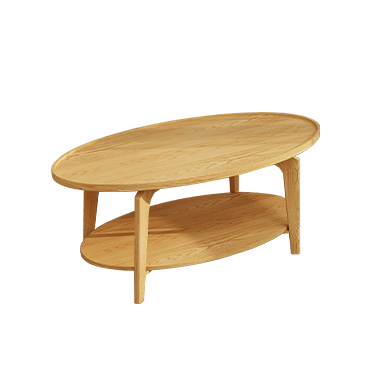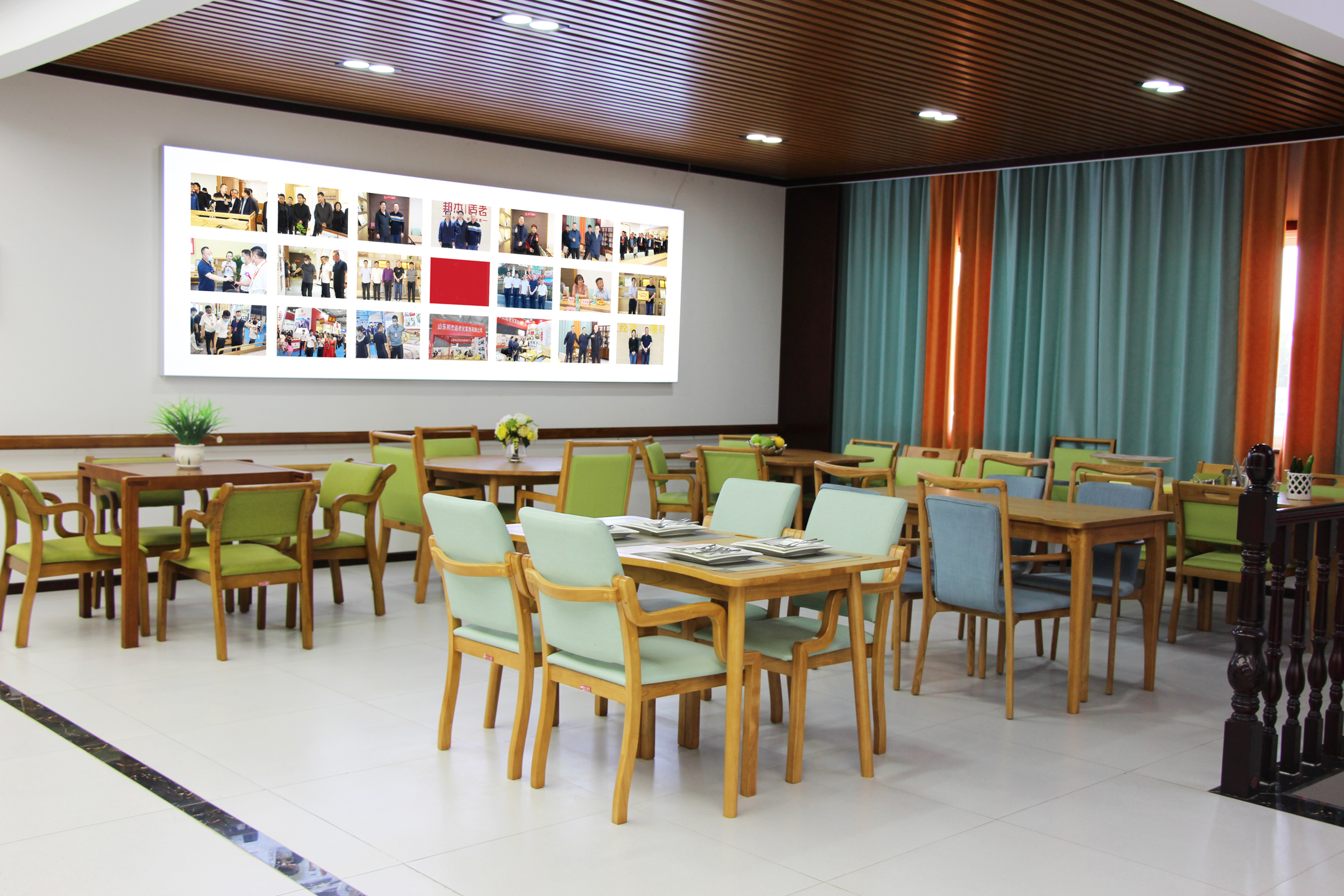Key Considerations for Senior-Friendly Furniture
Designing and using senior-friendly furniture requires a deep understanding of the physical characteristics and daily needs of elderly individuals. The following aspects are essential to ensure safety, comfort, and convenience:
1.Selection and Adaptation of Furniture
Stability & Load Capacity
Senior-friendly furniture must be stable and well-structured to prevent tipping over. Beds, sofas, and chairs should feature anti-slip bases and sturdy construction, with regular stability checks. Additionally, the furniture must have adequate weight-bearing capacity to avoid damage or deformation due to excessive load.
Rounded Edges & Surface Finish
All furniture edges should be rounded to minimize the risk of injuries from accidental bumps. Surfaces should be smooth and free of protrusions or sharp components to prevent skin abrasions.
Material & Environmental Standards
High-quality solid wood is recommended, as it reduces the risk associated with metal materials. Moreover, furniture should meet environmental safety standards to maintain indoor air quality and minimize respiratory irritants.
Height & Dimensions
The height and size of furniture should be tailored to the physical needs of elderly users. Chairs and dining tables should allow effortless sitting and standing, while bed height should enable easy access without strain.
2.Space Planning & Layout
Unobstructed Pathways
Furniture placement should ensure wide passageways, ideally at least 800mm, to facilitate smooth movement. For wheelchair users, sufficient clearance should be provided to enable easy navigation and turning.
Convenient Storage
Storage units should include accessible drawers and cabinets to allow easy access to daily essentials. Items like medications and water bottles should be placed within reach to minimize unnecessary bending or stretching.
Handrails & Safety Supports
Installing handrails in key areas such as beside beds, staircases, and hallways can offer additional support and reduce fall risks. These handrails should be sturdy and easy to grip.
Optimized Lighting
Adequate and soft lighting is crucial to prevent visual strain. Lighting fixtures should be arranged to ensure all corners of the space are well-illuminated, reducing the risk of accidents due to poor visibility.
3.Smart Features & Convenience
Integration of Smart Technology
With technological advancements, senior-friendly furniture can incorporate smart features such as voice-controlled lighting and automatic curtains, significantly simplifying daily operations for elderly individuals.
Easy Maintenance & Cleaning
Choosing materials and designs that are easy to clean and maintain helps reduce the burden of household chores. Opt for surfaces that resist stains and allow effortless wiping, as well as removable components for easier cleaning.
4.Usage & Maintenance Guidelines
Regular Inspections
Frequent inspections should be conducted to ensure the stability and safety of furniture. Check for loose connections, surface wear, and other potential hazards.
Proper Usage Practices
Elderly users should be guided on the correct usage of furniture to prevent excessive force or improper handling that could lead to damage or accidents.
Care & Maintenance Tips
- When moving furniture, lift rather than drag to avoid structural damage.
- Ensure furniture is placed on a stable and even surface to maintain balance.
- Avoid prolonged exposure to direct sunlight or excessively humid environments to prevent warping or mold growth.
- For frequently moved furniture like chairs and sofas, opt for models with stable, smooth mobility features to ensure safety.
Conclusion
Selecting and using senior-friendly furniture involves careful consideration of stability, material safety, space efficiency, smart technology, and maintenance. By integrating these elements, a safer, more comfortable, and more convenient living environment can be created for the elderly, improving their overall quality of life.






